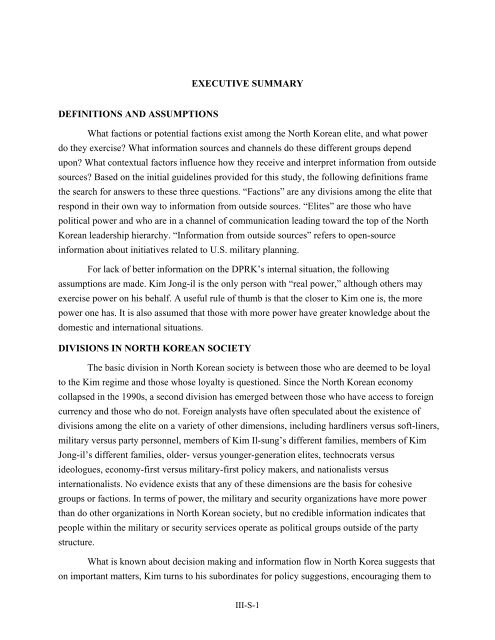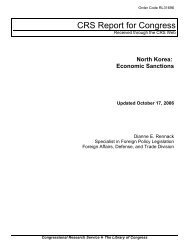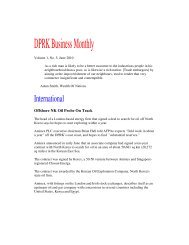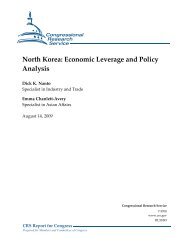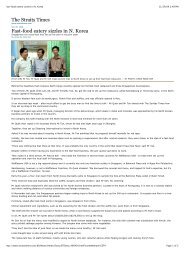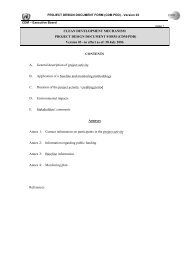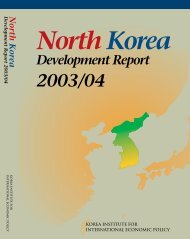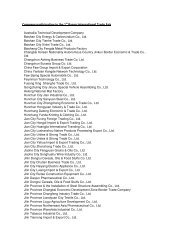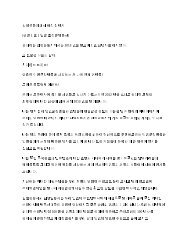North Korean Policy Elites - Defense Technical Information Center
North Korean Policy Elites - Defense Technical Information Center
North Korean Policy Elites - Defense Technical Information Center
You also want an ePaper? Increase the reach of your titles
YUMPU automatically turns print PDFs into web optimized ePapers that Google loves.
EXECUTIVE SUMMARY<br />
DEFINITIONS AND ASSUMPTIONS<br />
What factions or potential factions exist among the <strong>North</strong> <strong>Korean</strong> elite, and what power<br />
do they exercise? What information sources and channels do these different groups depend<br />
upon? What contextual factors influence how they receive and interpret information from outside<br />
sources? Based on the initial guidelines provided for this study, the following definitions frame<br />
the search for answers to these three questions. “Factions” are any divisions among the elite that<br />
respond in their own way to information from outside sources. “<strong>Elites</strong>” are those who have<br />
political power and who are in a channel of communication leading toward the top of the <strong>North</strong><br />
<strong>Korean</strong> leadership hierarchy. “<strong>Information</strong> from outside sources” refers to open-source<br />
information about initiatives related to U.S. military planning.<br />
For lack of better information on the DPRK’s internal situation, the following<br />
assumptions are made. Kim Jong-il is the only person with “real power,” although others may<br />
exercise power on his behalf. A useful rule of thumb is that the closer to Kim one is, the more<br />
power one has. It is also assumed that those with more power have greater knowledge about the<br />
domestic and international situations.<br />
DIVISIONS IN NORTH KOREAN SOCIETY<br />
The basic division in <strong>North</strong> <strong>Korean</strong> society is between those who are deemed to be loyal<br />
to the Kim regime and those whose loyalty is questioned. Since the <strong>North</strong> <strong>Korean</strong> economy<br />
collapsed in the 1990s, a second division has emerged between those who have access to foreign<br />
currency and those who do not. Foreign analysts have often speculated about the existence of<br />
divisions among the elite on a variety of other dimensions, including hardliners versus soft-liners,<br />
military versus party personnel, members of Kim Il-sung’s different families, members of Kim<br />
Jong-il’s different families, older- versus younger-generation elites, technocrats versus<br />
ideologues, economy-first versus military-first policy makers, and nationalists versus<br />
internationalists. No evidence exists that any of these dimensions are the basis for cohesive<br />
groups or factions. In terms of power, the military and security organizations have more power<br />
than do other organizations in <strong>North</strong> <strong>Korean</strong> society, but no credible information indicates that<br />
people within the military or security services operate as political groups outside of the party<br />
structure.<br />
What is known about decision making and information flow in <strong>North</strong> Korea suggests that<br />
on important matters, Kim turns to his subordinates for policy suggestions, encouraging them to<br />
III-S-1


